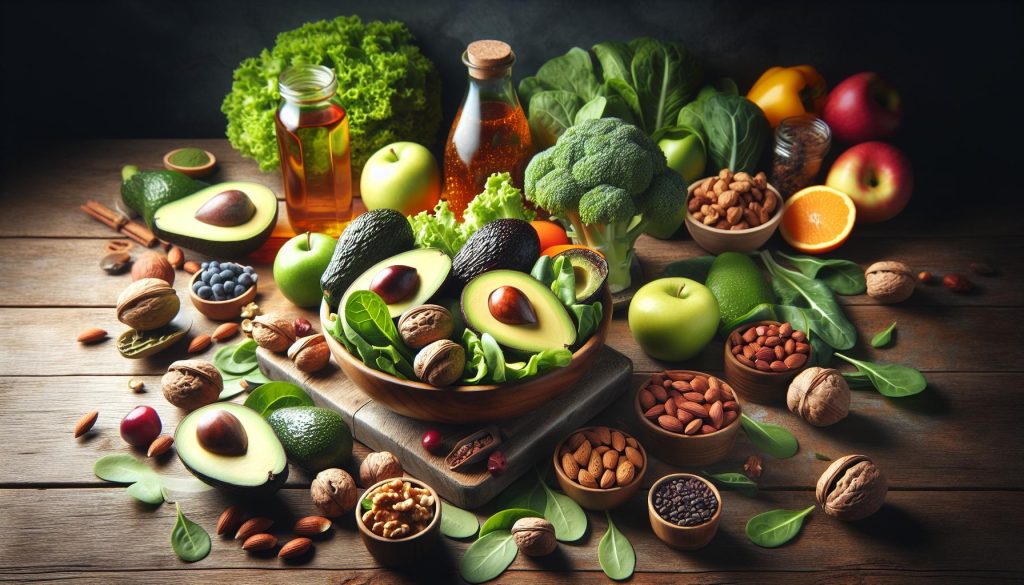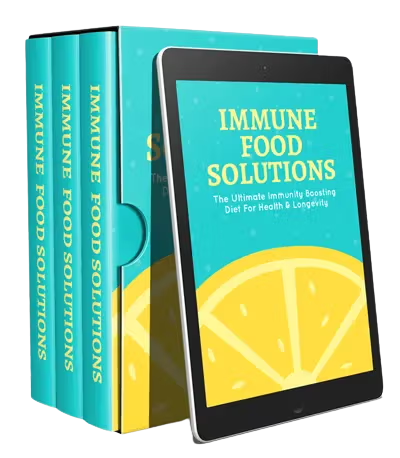
Unlocking the Secret of Keto-Alkaline Diet: Your Path to Enhanced Well-being
“What to eat on a Keto-Alkaline diet?” you ask, prepared to make a dietary about-face. In short, the Keto-Alkaline diet marries the best aspects of the Ketogenic and Alkaline diets, promoting high-fat, low-carb and non-acidic foods. This unique dietary regimen encompasses a broad spectrum of foods, each with the potential to prime your vitality and health like never before. This article seeks to shed light on the rich variety of foods fitting for your new Keto-Alkaline journey.
Navigating the Keto-Alkaline Diet Landscape
A Keto-Alkaline diet is as much an exploration into the beauty of balance as it is a selection of specific foods. Here, harmony lies between two dietary philosophies where seemingly opposing characteristics of fat and acidity unite. High fat, low carb dishes pave an intertwined path with alkaline counterparts, painting a picture of culinary diversity packed with nutrition.
Plethora of Proteins
The cornerstone of the Keto-Alkaline diet is protein, the beloved sidekick of high-fat, low-carb Keto regimes. However, don’t be mistaken — not all proteins are created equal in this specific context. The right kind – lean proteins such as chicken, turkey, and fish – are particularly adored in the Keto-Alkaline world.
Green Light to Greens
Green, crunchy, and refreshing – that’s the alkaline mantra when it comes to vegetables. Spinach, kale, and chard are superstar performers on the alkaline scale, whittling away the acidity levels in your body. In addition, broccoli and Brussels sprouts serve as versatile additions, contributing to the Keto cause with their low-carb imprint.
Fat is Your Friend
Transforming fat from foe to friend is perhaps the most significant deviation from conventional diets. Avocados, packed full of healthy fats, are your new best pal, and nuts and seeds serve as perfect snack buddies.
Delight in Dairy and Fruits
The diet gives a gentle nod to dairy and fruits, subtly inviting them in moderation to join the mix. If you’re hankering for some creamy texture, Greek yogurt can curb your cravings, whereas citrus fruits like lemons and limes instantly perk up any dish with their tang and alkalinity.
Stay Hydrated!
And of course, water is your constant companion. Simple yet crucial, maintaining good hydration throughout your Keto-Alkaline journey ensures that your body functions optimally, helping to eliminate toxins and support digestion.
Writing Your Big Keto-Alkaline Diet Finale
Now that you’ve navigated the landscape of your soon-to-be diet, it’s time to put your newfound culinary knowledge into action. Start your high-fat, low-carb, alkaline-inclined adventure armed with an array of proteins, greens, healthy fats, dairy, and fruits. Remember, it’s not simply what you eat — it’s about creating a harmonious balance that serves your overall wellbeing.
Frequently Asked Questions
1. What is the Keto-Alkaline diet?
The Keto-Alkaline diet combines concepts from the Keto and Alkaline diets, promoting consumption of high-fat, low-carb, non-acidic foods.
2. Are all proteins suitable for the Keto-Alkaline diet?
While proteins are a significant part of the diet, lean proteins like chicken, turkey, and fish are considered ideal.
3. Can I consume dairy on the Keto-Alkaline diet?
Dairy is allowed, but in moderation. Greek yogurt is a great option as it’s high in protein and can add creaminess to dishes.
4. What fruits can I eat on the Keto-Alkaline diet?
Citrus fruits like lemons and limes are excellent choices as they are alkaline and can add a tangy flavor to dishes.
5. How important is water in the Keto-Alkaline diet?
Water is crucial to support digestion, eliminate toxins and maintain overall body function. It’s highly recommended to keep your body well-hydrated regardless of the diet you follow.



